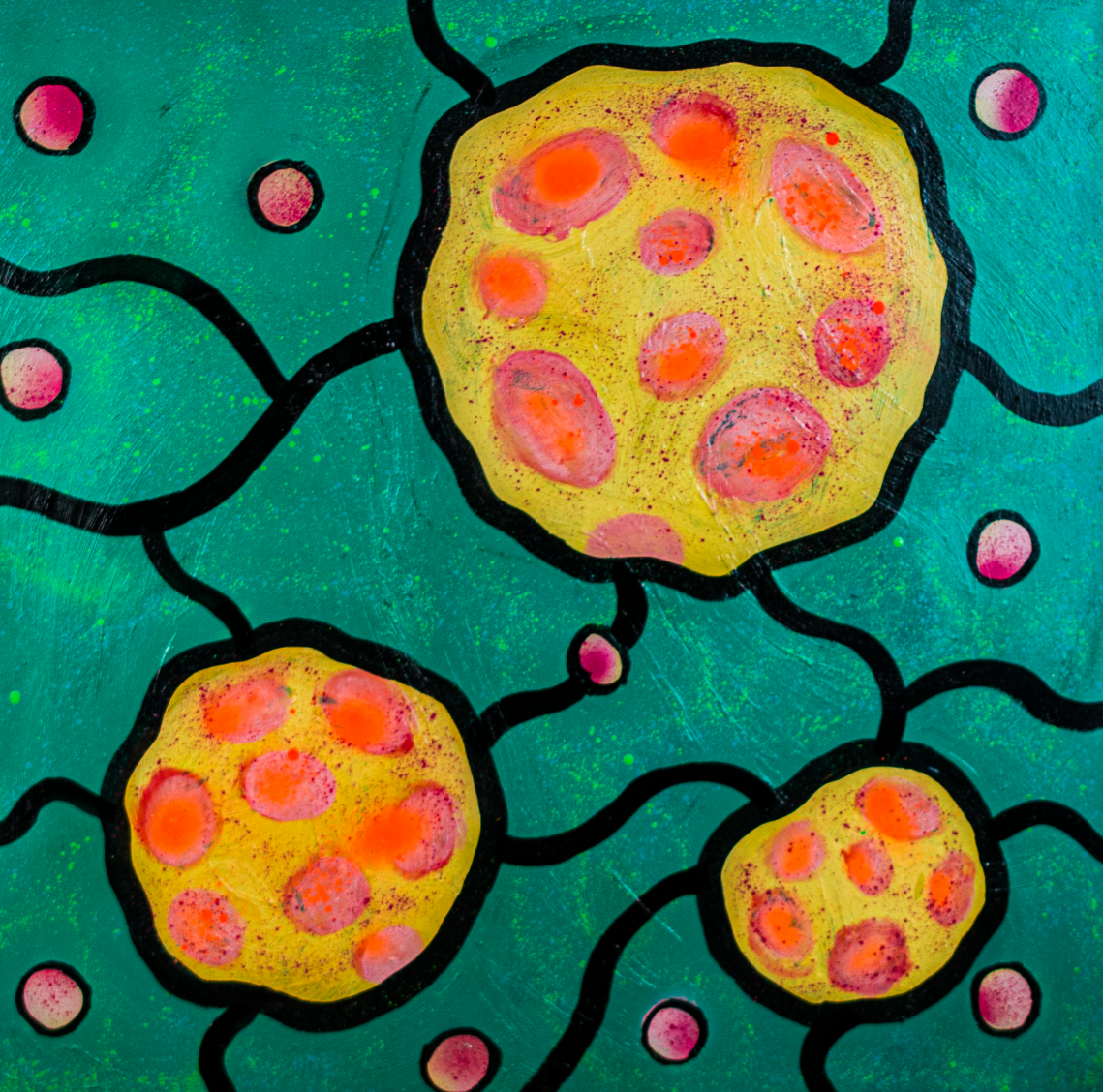About Clone troopers, Dolly
and the real meaning of cloning in the lab

What do most people have in mind talking about cloning? Most certainly, you know Dolly, the cloned sheep, or the famous stormtroopers from Star Wars. In this understanding, cloning is the duplication of the exact same organism – creating genetically identical twins. However, talking to a biochemist there might be some misunderstanding. So what does a biochemist actually mean by DNA cloning?
The process of the identification and isolation of genes as well as transferring them into a host organism – is called cloning. This is a very common process to gain products out of microorganisms. But don’t worry, it’s not as complicated as it sounds.
The first step is the identification of a gene of interest. Then the DNA sequence is duplicated and isolated through a PCR, as we explained in the previous PCR video. To transfer our gene to the new host organism, we need a carrier: the Plasmid. A plasmid is a DNA ring that bacteria use to transfer genes between each other. This way they can share new abilities, like resistance against antibiotics, heat or other dangers. Bacteria take care of each other and they share their super powers. Scientists can now make use of this process to insert genes into the plasmids in the lab and use them as a shuttle into the bacterium. This is done by cutting our gene and the plasmids, in a way that allows them to stick together perfectly like puzzle pieces. All of this is possible due to special enzymes. So there you go! Our gene is ready to be inserted.
What happens next? The following process is called transformation. Hereby, the plasmid is transferred into the bacterium.
However, for taking up external plasmid DNA, we need to adjust the environment for the bacterium. This can be achieved by treating the bacterium with chemicals combined with a stress factor, like heat or an electric shock. In this stage, the bacterial membrane is more permeable and allows the external plasmid to be taken up.
Let us give you an example: In our research team, the gene of interest is from a plant called Artemisia annua. This plant synthesizes a pharmaceutical against Malaria, called Artemisinin. What has been done for years now, was cultivating this plant, and extracting the medical compound. Plants are dependent on environmental conditions. Thus the production of the pharmaceutical may also vary in amounts and time, leading to higher prices.
Due to cloning and transformation, we can transfer the genes for the production of Artemisinin into host organisms, like yeast or E. coli. Those host organisms are much easier to cultivate and, in theory, provide a higher concentration of the pharmaceutical for a much lower price. As you can see, cloning and transformation lay the foundation for genetic engineering.